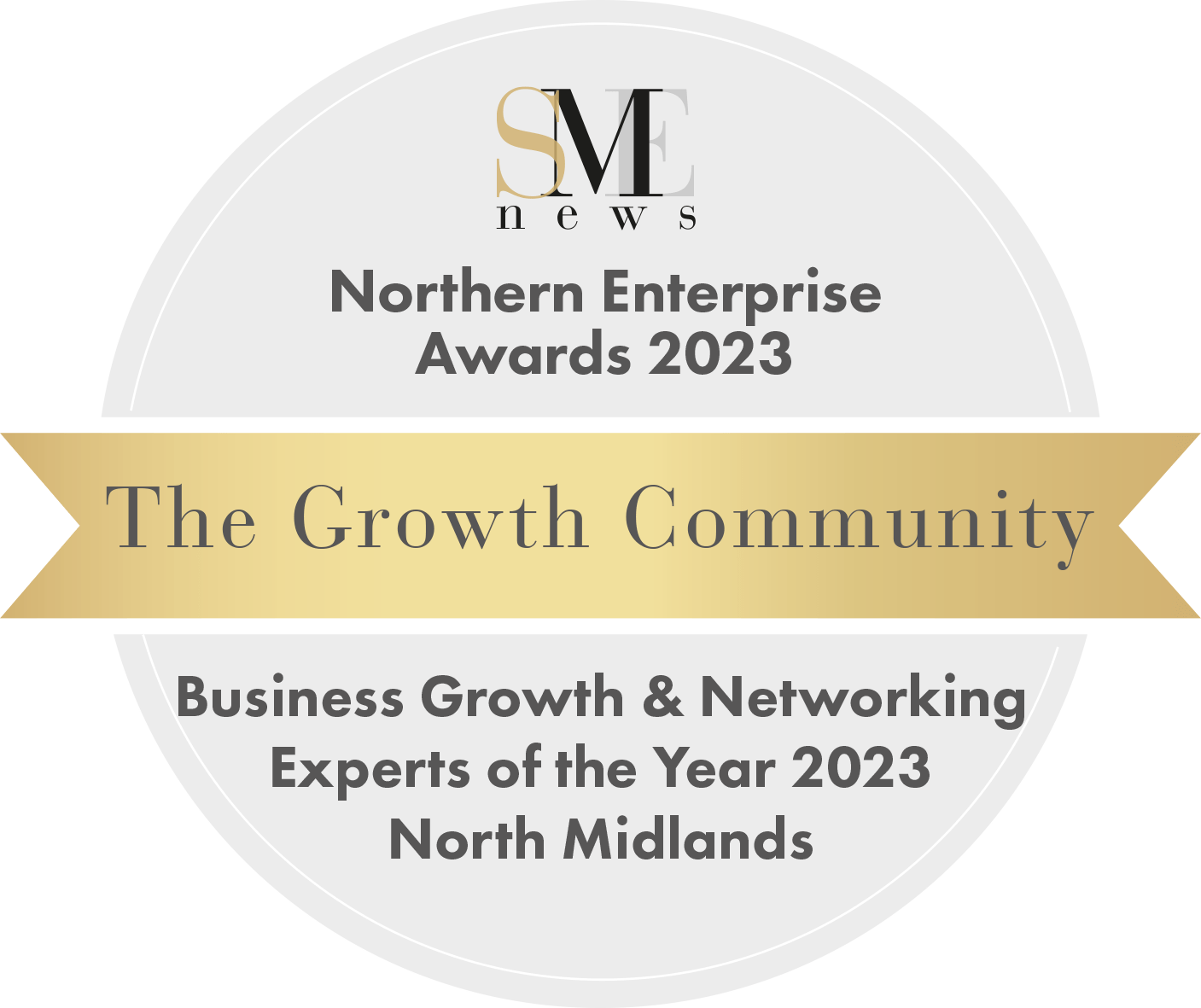
It definitely pays to know which networking events are the most valuable to your business growth and it doesn’t have to be a big job.
Here’s FIVE simple steps to help you to track the ROI of your business networking.
1. Set Clear Objectives
It’s important to be clear on what outcomes you want from your networking.
Where do you want to be in 6-12 months, and how do you expect your networking to support that?
A good place to start is to align your networking with your business goals or 90 day plan.
Perhaps you are looking for:
- More sales and/or growth in your client base
- Opportunities to create collaborations or partnerships
- Increased brand awareness
- Help with launching a new product or service
- Personal Development and/or Business Ownership Knowledge
- Access to useful suppliers or connections that can support the growth of YOUR clients and enhance your customer experience
- Support and Friendship
- Career progression
Note: not everyone has the same goals for their networking outcomes. Make sure that the goals and outcomes you are measuring are entirely relevant to you.
2. Track The Data
Once you know what you are working towards you’ll need to decide which actual metrics you want to keep an eye on.
Some people prefer to set 1 or 2 SMART goals for their networking and just simply keep track of progress. Others have a more financial approach and want to number crunch the ROI of their networking.
Both are acceptable. Just bear in mind that some of the benefits might not fit nicely into a number in a spreadsheet. Many of the benefits that networking brings are less tangible than numbers on the bottom line.
3. Identify Where You Will Track Your Data
If you’re going to measure your business networking ROI you’ll need somewhere to track your data.
It’s up to you what tool you use. It will depend on how tech savvy you are and how much detail you want to go into.
Good Old Fashioned Paper: Some people use a simple notebook or a specially designed networking journal (have a look on Amazon for some examples).
Spreadsheets: Spreadsheets can do the job perfectly. They are often the most utilised tool for logging information, because they are flexible and easy to use and there are a lot of ways you can filter and visually represent it too.
CRM: If you use a Customer Relationship Management (CRM) system you might find that gives you greater opportunities to document the developing relationship with your contacts.
AI Tools: The tech landscape changes all the time and many apps now have AI integration and opportunities to automate tasks. Some examples you might like to explore are Trello, Notion, Dex or Clay.
The important thing is not to over complicate it. Choose a method you have time to commit to.
4. Get Clarity On What You Are Tracking
There is so much networking data you could track, but you don’t want this to turn into another job! Once you know what data is important to you then pick a couple of elements to focus on that relate to your overall goals.
Here’s a few useful elements that you might like to keep tabs on:
Events Attended
When did you attend; the organiser; structured or open/social; focus; You might grade them on usefulness, whether you’d go again and how regularly.
Contacts Made
Names; contact information; type of business; Any other information about their extended network (i.e. member of a golf club; chair of a committee; trustee of a charity)
Follow Ups
121s booked/completed; communication (email/phone/zoom meetings etc); next steps from these sessions
Opportunities Generated
Introductions; recommendations/referrals/leads; partnerships/collaborations; suppliers/support/knowledge provided;
Value
Where possible try and assign some actual monetary value to these opportunities. Such as:
- Specific Revenue from new clients referred through these contacts
- Indirect Revenue through other opportunities; e.g. intro to an industry body that could generate revenue further down the line; new revenue idea for your business
- Visibility; e.g. speaking opportunities, PR, collaborative marketing channels like podcasts/blogs
- Cost or Efficiency Savings; money you’ve directly or indirectly saved through a networking contact’s advice or support
5. Do Some Maths
For those of you who love a maths equation, the calculation for Return on Investment goes something like this:
ROI (%) = [ (Gains – Costs) / Costs] x 100
Essentially this equation demonstrates how much you got back from what you put in.
The ‘Gains’ relate to revenue/sales, referrals etc. The ‘Costs’ are the total amount you invested in the process such as tickets, fuel, refreshments, memberships etc.
For example:
You spent £1000 in Costs
You gained £6000 in client work/revenue
[(6000 – 1000) / 1000] x 100 = 500% ROI
It’s up to you how much time you allocate to tracking the ROI of your business networking.
The main thing is to make sure that all the events you are attending are serving you in some way that is relevant to your overall business goals.
Then you can be sure that the time, money and energy your expending is delivering the good stuff that you set out to achieve.
Further Resources
Keen to explore the right networking options for you? Why not have a read of some of our other blogs in our library.
Identify the right networking format for you
How to get the most out of your 121s
Ways you can build trust with your connections
Learn more about Growth Community member only meetings
Why member only meetings add value to membership

or if you are looking to expand on your small business knowledge then check out the Everyday’s A Business School Day Podcast.
Try some Growth Community relaxed but very purposeful networking?
Find a location that suits you. And don’t forget you can visit us up to SIX time a year for free!







